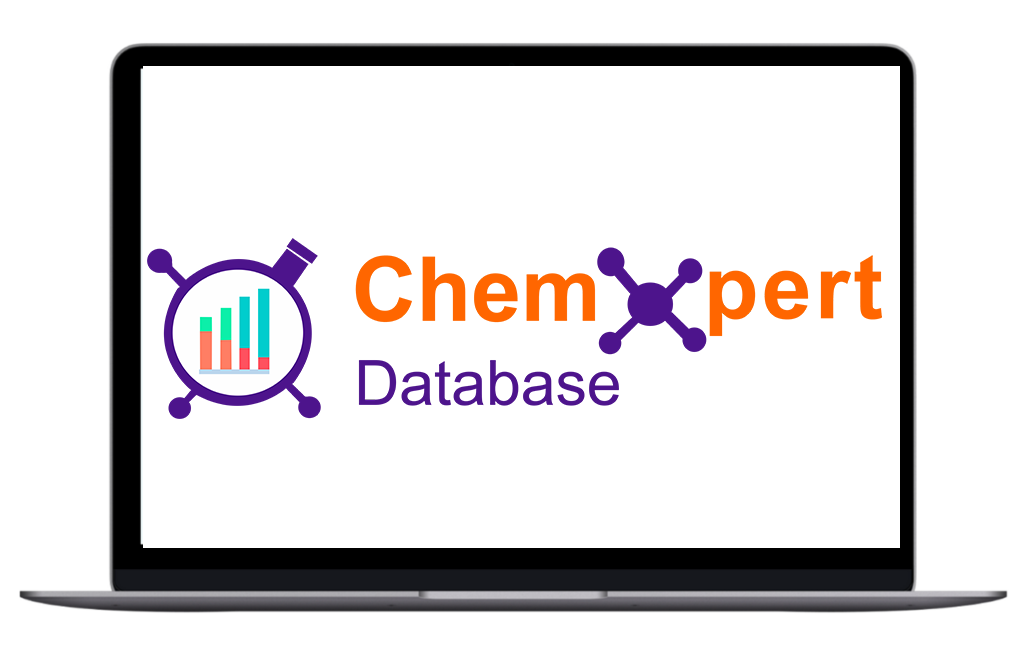
If you work in pharma and you’re not reading audit reports properly, you’re basically asking for trouble. Bad interpretation leads to failed tech transfers, batch failures, and a whole bunch of hidden GMP risks that pop up only when it’s already too late. And yes — all of this pain usually comes from missing the obvious clues sitting right there in the audit report.
Audit reports are full of both signal and noise. Some things matter a lot (like critical findings, weak CAPA, or data integrity issues), and some things are just minor housekeeping fluff. The real job is figuring out which is which. When you decode finding severity, CAPA quality, and data integrity patterns, you suddenly see the supplier’s true risk profile.
This blog is a simple, practical guide for pharma quality teams, procurement, and CMC functions who want to read audit findings with a proper risk-based mindset. It’s SEO-friendly, but explained in a dumb tone so it actually feels easy: how to understand audit observations, how to spot weak corrective actions, and how to catch data integrity red flags before they become your problem.
When reviewing audit findings severity levels, it’s essential to know what each category truly means for product safety and regulatory compliance. Teams involved in QA, procurement, and CMC decision-making rely on this classification to judge supplier reliability and to anticipate risks before they impact tech transfer or commercial batches.
Based on established GMP compliance standards and real-world audit behavior, the three categories, critical, major, and minor, each signal different levels of control, maturity, and potential patient impact. Understanding these distinctions is a core part of making defensible, evidence-based supplier decisions.
Major findings are often misunderstood. While they don’t indicate immediate patient harm like critical findings, they consistently correlate with weak quality systems and elevated compliance risk, something experienced auditors and regulatory inspectors watch closely.
From industry experience and GMP expectations, major findings typically involve:
Because major findings carry real operational and regulatory consequences, they generally require:
This approach aligns with industry best practices and reinforces trust and defensibility in supplier qualification decisions.
Minor findings are often viewed as harmless, but experienced QA teams know they can reveal early signs of quality culture weakness. These observations usually involve:
Individually, these are low-impact. However, their pattern is where risk emerges.
Why minors deserve attention:
By evaluating minor findings with a trend-based perspective, companies build a more accurate, trustworthy risk profile of the supplier.
A CAPA assessment isn’t a paperwork exercise—it’s the real filter that separates high-maturity suppliers from risky ones. Strong CAPA quality shows that a manufacturer understands root causes, implements system-level fixes, and prevents recurrence.
Weak suppliers, on the other hand, rely on cosmetic corrections that look good on paper but fail in execution. Your job during a supplier audit is to evaluate whether the CAPA is effective, feasible, evidence-based, and aligned with regulatory expectations.
A high-quality CAPA is always built on evidence-backed root cause analysis. You should see structured RCA tools—5-Why, Fishbone, fault-tree—not vague statements like “operator error” or “training lapse.” Effective CAPA includes:
When a supplier presents CAPA like this, you know they have real process control—not crisis management.
A compliant CAPA review depends on documentation quality. Ask for investigation reports, SOP updates, validation evidence, and trend data that prove the CAPA isn’t theoretical.
Key documents include:
These documents help you judge whether the supplier’s corrective actions are robust, aligned with GMP, and likely to hold up during regulatory scrutiny.
During a CAPA assessment, certain patterns immediately signal poor CAPA culture. Watch for:
If you want to keep your supply chain safe, you must know how to spot data integrity problems. This isn’t advanced science. It’s simple: if the data looks shady, the supplier is risky. A quick data integrity assessment using the ALCOA+ framework can tell you more about a manufacturer than any sales pitch ever will. When ALCOA+ is ignored, GMP goes out the window, and your compliance risk shoots up. That’s why checking audit trails, metadata integrity, and basic pharma DI compliance should never be optional.
Before you review anything, make sure the supplier follows ALCOA+. It’s not fancy; it’s just the basics of good data:
If they can’t meet these simple principles, you already know the quality culture is weak.
When doing a data integrity assessment, look for the most obvious signals. These are the things every decent pharma manufacturer should have:
If any of these look off, that’s your warning sign.
This is the easy part. Some red flags are so obvious that you don’t need to be an expert to catch them:
So yeah, if you actually want good suppliers, you can’t just skim their audit reports and hope for the best. You need to look at everything, audit finding severity, how good their CAPA is, and whether their data integrity even follows ALCOA+. These three things alone can tell you if a supplier is solid or a giant risk waiting to explode.
Using simple, evidence-based checks is basically the easiest way to improve your supplier decisions. No complicated tools, no overthinking, just sticking to supplier assessment best practices, basic GMP audit readiness, and common sense.
If you want fewer surprises later, qualify suppliers proactively, not when something goes wrong. A little quality risk management now saves you a lot of pain later.

Sick and tired of always wondering if you are being asked to pay the right price for your APIs? This empowers you with the answers you need to make the right decisions in the Global API market.
Chemxpert Database is one of the biggest and most comprehensive directories of pharma and chemicals, manufacturers, suppliers and information. Provided with current information on prices, demand and transactions, it gives you instant feedback on whether you are buying what is right and at the right time.
Start using market intelligence today and allow yourself to be in control in the API market.
Check it out today and make more informed sourcing decisions! Learn More!